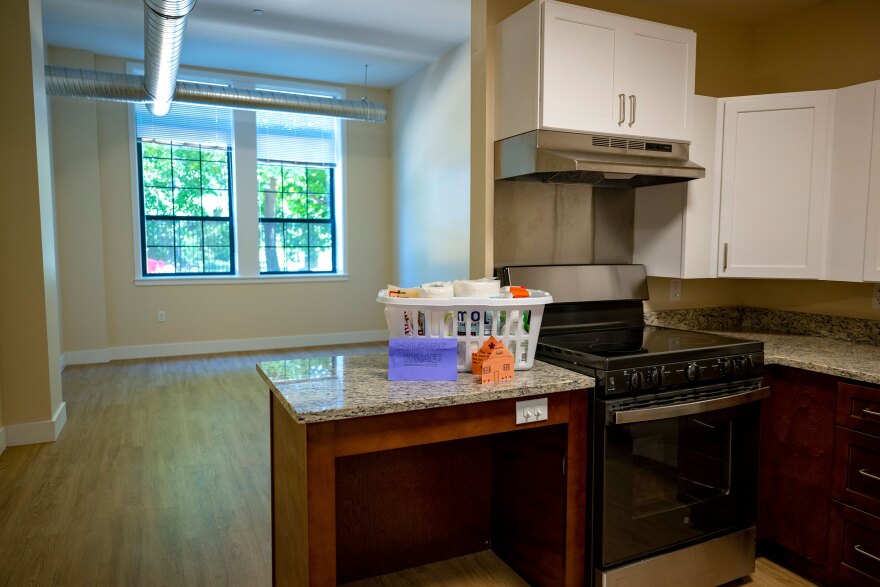One of the highest housing incomes in the country is found in Connecticut. This implies that, compared to other states, renters in Connecticut must make substantially more money in order to afford a two-bedroom apartment.
How much a household must make to buy a two-bedroom apartment is determined by the National Low Income Housing Coalition’s (NLIHC) annual Out of Reach report.
For Connecticut people to afford a two-bedroom apartment and avoid being deemed housing cost burdened, they must make slightly more than $35 per hour, or nearly $73,500 per year.
If a household spends more than 30% of its monthly income on housing needs, the federal Department of Housing and Urban Development (HUD) deems them to be housing cost burdened.
In the meantime, the cost of housing is rising. According to the analysis, a tenant in Connecticut would have to make $2,000 more annually in 2025 than in 2024 to afford a two-bedroom apartment.
According to Michelle Montano, communications and policy analyst at Partnership for Strong Communities, a nonprofit organization that advocates for housing policy, many workers find the compensation demands unrealistic.
According to Montano, several of the most prevalent positions in Connecticut, such as janitor, social worker, and counselor, do not pay that amount and cannot afford a modest one- or two-bedroom apartment with their present pay.
HUD statistics and current market-rate apartment circumstances are used in the analysis. According to the analysis, the fair market rent for a two-bedroom apartment in Connecticut is currently around $1,800.
To afford a market-rate two-bedroom apartment in Connecticut, a household on minimum wage would have to put in 87 hours per week.
The Stamford and Norwalk regions of Connecticut have the most costly rental housing market, with housing wages exceeding $50 per hour.
Connecticut has very high housing costs, and I believe that the market’s tightness is particularly straining the rental market, which is driving up prices, Montano said. Because there aren’t enough properties available, people must be able to pay high rents, which requires them to earn more money. It is somewhat cyclical.
Due in part to its high cost of living and small housing supply, Connecticut has the eleventh highest housing wage in the nation, according to the research.
According to Montano, the state need to be investigating methods to increase resources and assistance for renters.
We should continue to concentrate on finding answers, Montano added, “supporting laws that increase protection for renters, such as Just Cause, and ensuring that we have safety nets for renters, such as ensuring that the Rental Assistance Program is adequately funded.”
The NLIHC is advocating for increased federal funding for housing support and rental assistance initiatives on a national scale.
The current fiscal year budget request from President Donald Trump calls for a 44% reduction in HUD’s overall funding. According to the paper, this cut would end rental assistance programs, combine five important programs into one, and limit support to two years.
According to NLIHC CEO Renee Willis, “this year’s Out of Reach report demonstrates that, despite economic gains for some, low-income renters continue to face impossible choices between paying rent and meeting basic needs.” The housing problem will only worsen if federal housing investments were cut. For millions of renters, housing programs that guarantee stability, opportunity, and a way out of poverty must be preserved and expanded by Congress.






